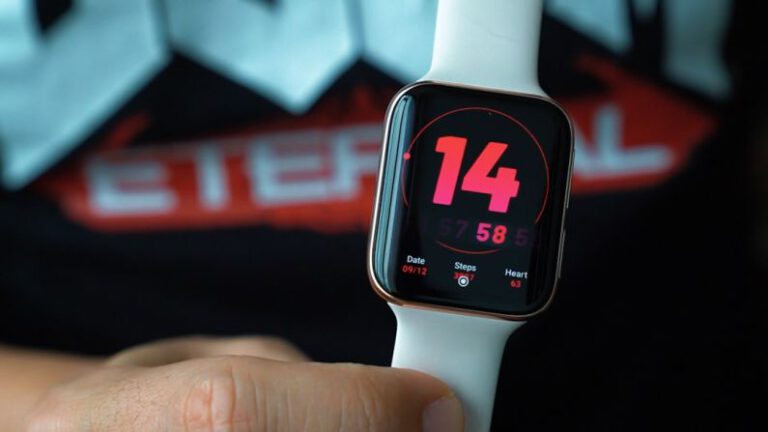The Era of Digital Therapeutics: Apps as Prescribed Medicine
In the ever-evolving landscape of healthcare, a new era has emerged – the era of digital therapeutics. With the rapid advancement of technology, the line between traditional medical treatments and digital interventions is becoming increasingly blurred. One notable trend within this paradigm shift is the integration of mobile applications as prescribed medicine. These apps, designed to deliver therapeutic interventions and support for various health conditions, are revolutionizing the way patients receive care and manage their well-being.
**Empowering Patients through Accessibility and Convenience**
One of the key advantages of digital therapeutics apps is their ability to empower patients by providing easy access to personalized treatments anytime, anywhere. Gone are the days when individuals had to wait weeks for a doctor’s appointment or travel long distances to receive care. With just a few taps on their smartphones, patients can now access a wide range of therapeutic tools and resources tailored to their specific needs.
**Personalized Interventions for Better Outcomes**
Traditional medical treatments often follow a one-size-fits-all approach, which may not always be the most effective method for every patient. Digital therapeutics apps, on the other hand, have the capability to deliver personalized interventions based on each individual’s unique health profile and preferences. By leveraging data analytics and artificial intelligence, these apps can adapt and optimize treatment plans in real-time, leading to improved outcomes and better patient adherence.
**Enhancing Patient Engagement and Adherence**
One of the biggest challenges in healthcare is ensuring patient engagement and adherence to treatment plans. Digital therapeutics apps address this issue by offering interactive features, such as reminders, progress tracking, and motivational tools, to keep users actively engaged in their care journey. By providing a user-friendly and visually appealing interface, these apps help foster a sense of empowerment and accountability among patients, ultimately leading to better treatment outcomes.
**Cost-Effective Alternative to Traditional Treatments**
The rising cost of healthcare has become a major concern for both patients and healthcare providers. Digital therapeutics apps offer a cost-effective alternative to traditional treatments by reducing the need for frequent in-person visits and expensive medical procedures. With a one-time purchase or subscription fee, patients can access a wide range of therapeutic tools and resources, making quality healthcare more affordable and accessible to all.
**Integration with Traditional Healthcare Systems**
While digital therapeutics apps offer numerous benefits, they are not meant to replace traditional medical treatments entirely. Instead, these apps are designed to complement existing healthcare systems by providing additional support and resources for patients. Many healthcare providers are now incorporating digital therapeutics into their treatment plans, recognizing the value of integrating technology into patient care to improve outcomes and overall quality of life.
**The Future of Healthcare: A Digital Revolution**
As we continue to witness the rapid evolution of digital therapeutics, it is clear that the era of apps as prescribed medicine is here to stay. With advancements in technology and a growing demand for more personalized and accessible healthcare solutions, these apps are poised to revolutionize the way we approach treatment and wellness. By harnessing the power of digital tools, we can empower patients, enhance treatment outcomes, and pave the way for a healthier future for all.






